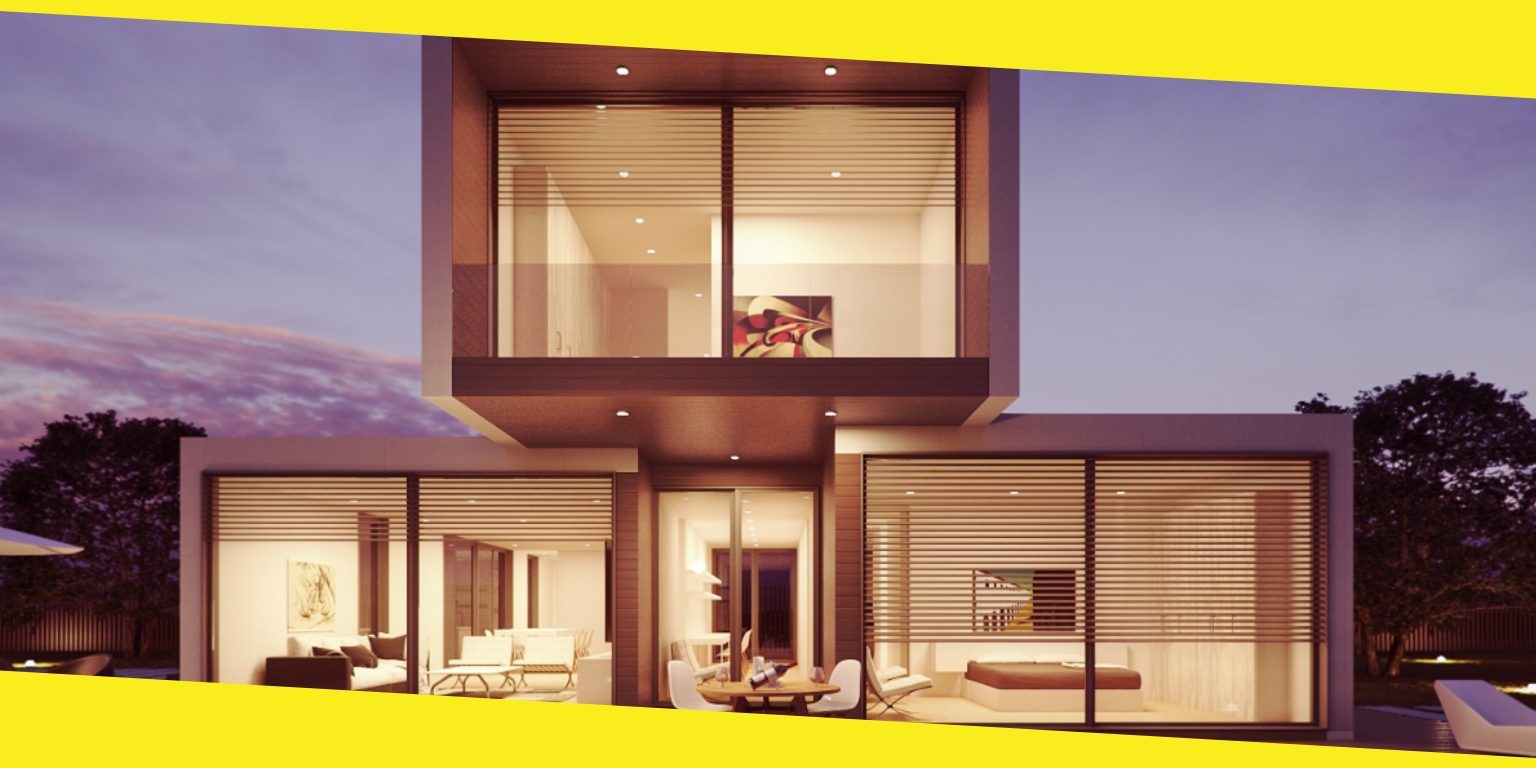Architectural Trends To Watch Out
This post was last updated on February 5th, 2025

Architecture is constantly evolving to adapt to society’s changing needs and desires. As we move forward, architects are now focusing on trends such as increased space, storage, and flexibility to suit modern life’s needs. These new ideas are pushing the limits of our built environment and shaping the future of architecture.
Architectural innovation is slower than other design trends because it takes time to develop new technology and materials. However, the most exciting architecture trends for this year are focused on addressing the biggest challenges faced by society today, such as sustainability and the efficient use of space.
Sustainability is becoming a key consideration as architects design buildings that are more energy-efficient and resilient to the effects of climate change. They are also exploring ways to construct buildings more efficiently, providing square footage while keeping costs low. These trends are changing how we live, making our homes and buildings more sustainable and efficient.
List of Architectural Trends
-
Biophilic Urbanism
Energy-saving materials and methods, such as passive solar architecture and green roofs, are becoming increasingly crucial in constructing environmentally friendly, resource-efficient buildings. Cities with high-rise buildings can benefit both people and the environment by including green spaces in their layout. A healthy and stable temperature is maintained, natural ecosystems are preserved, and air quality is improved thanks to the profusion of plants.
-
Modular Construction
Modular homes are becoming increasingly popular in architecture, as a significant percentage of their components are pre-constructed at a factory and then transported to the building site. This construction method has been found to be more efficient for certain types of buildings, such as medical facilities, hotels, and standard residential structures, compared to traditional construction methods. The advantage of using a modular system is that it can significantly reduce the time and cost of construction.
-
Smart Materials
According to Aspen architects, the adoption of cutting-edge materials is gathering steam. Smart glass is already in use due to its ability to adjust its level of transparency depending on the time of day and other circumstances.
-
3D Printed Designs
The design and construction of buildings are increasingly reliant on technological advancements, such as Building Information Modeling (BIM), 3D modeling and printing, and the Internet of Things. But why focus on 3D-printed objects in particular? Not only do 3D models allow architects to conceptualize high-precision architectural models from the get-go, but they also reduce labor time and streamline logistics by allowing for a wide variety of curved, textured forms that are best handled by a machine.
Furthermore, 3D printing saves time, streamlines logistics, and offers a cost-effective and sustainable approach to building. Moreover, it allows replicating the designs worldwide, making them accessible to the public without any hassle.
-
Tiny Houses
These days, young people aspire to live in tiny homes. Undoubtedly, the small house movement has matured to become the most cost-effective and environmentally friendly housing choice. People living in such places are taught to value what they have and focus on what is most important.
-
Architecture for Adaptive Reuse
There is a shift away from tearing down existing buildings and constructing new ones in favor of finding new purposes or modifying them. The environmental implications of new development can be reduced while helping to preserve a location’s history and character through creative reuse.
-
Floating Structures
When it comes to groundbreaking architecture, the water might be the only comparable area. Revolutionary materials and technology that enable building recognizably tall structures have quickly transformed once-imaginary images into reality, giving rise to a cluster of floating residential zones.
Most of these plans consider the possibility of hurricanes, floods, and other extreme weather and are built to withstand them.
-
Eco-Friendly Materials
It is not surprising that new building materials like hemp concrete and biocomposite are gaining popularity in the construction sector because they meet the necessary water, climate, and fire safety criteria. Hemp concrete is made from hemp fibers, limestone, and water. The creation of thermal mass allows the indoor temperature to be kept at a constant, comfortable level.
Further, incorporating absorbent and living materials significantly improves the air quality within a building. Wood and cork panels, two of the most eco-friendly building materials, will likely be heavily utilized in this year’s design.
-
Community-centered design
This year one of the important architectural trends will be the construction and design of buildings and environments that are welcoming and accessible to people of all abilities. Building these communities entails creating places that encourage interaction among residents and public use of the outdoors to foster these goals.
Key Takeaway
In conclusion, architecture is a vital sector of the global system, and its trends are constantly evolving Architects work diligently to adapt quickly to new realities and offer potential planning options. This requires extensive research, innovative methods, an understanding of revolutionary materials, or new ways to apply old ones. However, the architectural trends for that are already being actively adopted and are set to grow in popularity in the future can already be observed.
Recommended For You
Data Centres: Why Keeping Them Cool is Vital for Your Day-to-day Tasks
Most Inside
Most Inside offers high-quality recommendations and valuable updates to enhance all aspects of your life, providing premium guidance and enriching experiences.




